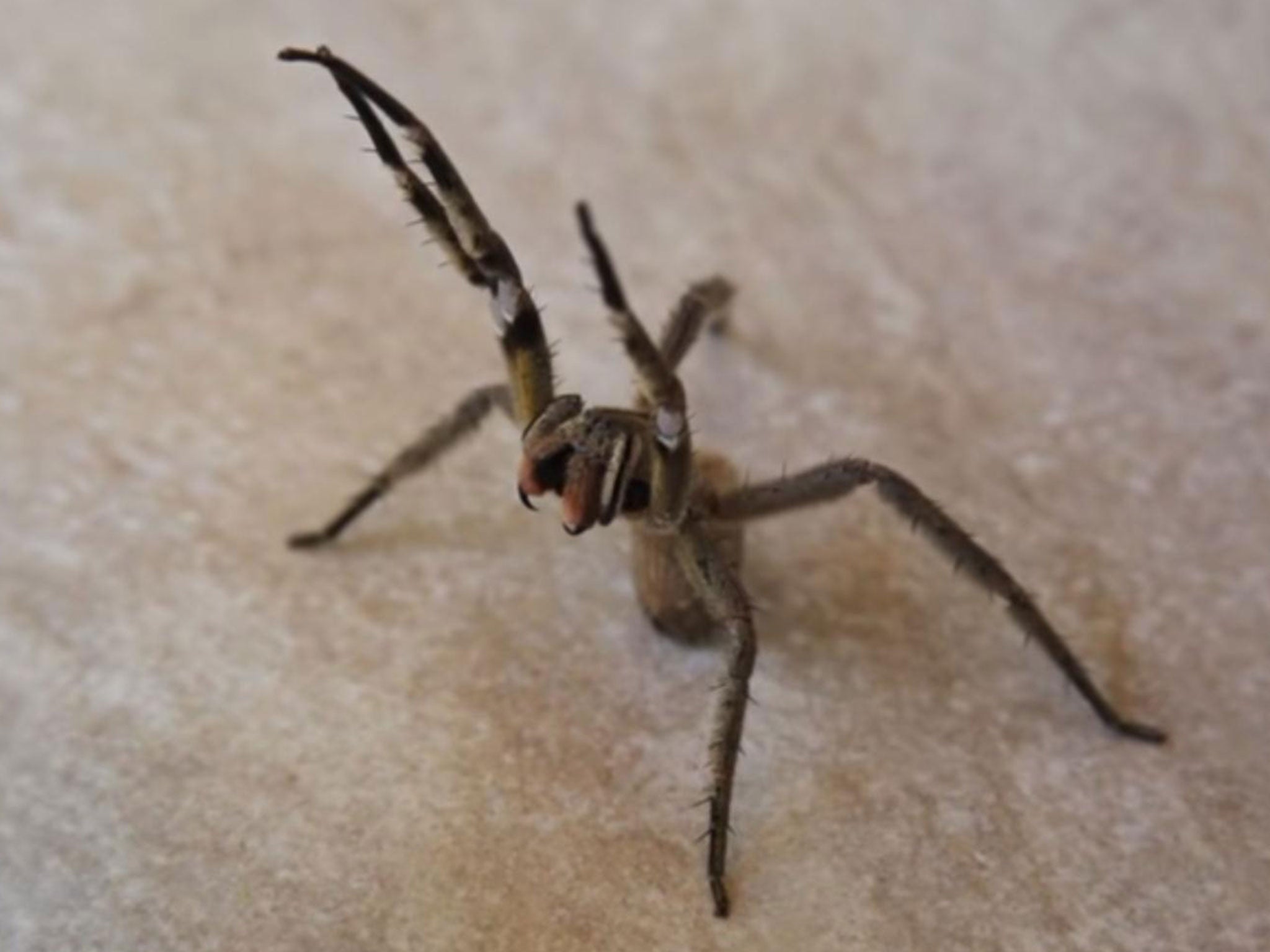Brazilian wandering spider: How deadly are the spiders allegedly found on Asda bananas?

Finding a nest of spiders in a bunch of bananas is terrifying at the best of times, but when there’s a risk that they could be a nest of deadly Brazilian wandering spiders set loose in your house, terror levels can go off the charts.
That’s what Ashley Gamble and his partner Sophia Newcombe discovered when a bunch of bananas delivered as part of their local Asda shop was found to be harbouring a small nest of spiders, which began “falling out of it onto the floor”.
He told The Sun he and his family have left the house and will not return until it has been fumigated.
It has been reported that the spiders are Brazilian wandering spiders, a deadly breed that can kill people in a matter of hours, though these spiders are known to nest on the ground and not in trees. The types of spiders known to nest in bananas are understood to be harmless to humans.
However, a Brazilian wandering spider carrying a sac of thousands of eggs was found under a bunch of bananas after a Waitrose shop in South London in 2014. The spider and its eggs were killed.
An Asda spokesperson said these incidents are “extremely rare” and that its bananas are “washed and sprayed before they are transported to the UK and every single piece of fruit is manually checked for quality and stowaways”.
“We sell one billion bananas every year and the chance of finding a spider is incredibly low, but very occasionally one hangs around to give us a fright. We are sorry for any upset this has caused and remain in touch with Mr Gamble while we investigate further.”
Where do Brazilian wandering spiders come from?
Fortunately, it is very rare to find Brazilian wandering spiders in the UK or anywhere outside their natural habitat in South America.
They live in the forests of Costa Rica, Columbia, Peru, Brazil, and Paraguay and gain their name from the habit of moving across jungle floors at night in search of food.
In the day, they like hiding in places that are dark and moist and are known to favour piles of wood, garages, cupboards, shoes and even heaps of clothes.
The apparent tendency to hide in banana bunches – like in the latest incident – has given them the nickname “banana spider”.
Their scientific name translates as “murderess” in Greek and they are also known as the “armed spider”, because of their unusual attacking stance, and “horse stinger”.
How deadly is this breed?
The Guinness Book of World Records has named it the most venomous spider in the world for possessing the most active neurotoxic venom of any living spider.
The toxin PhTx3 causes extreme pain, swelling, paralysis, skin cell destruction, fatal breathing complications, heart attacks and painful erections (priapism) in men lasting up to four-hours.
Victims of a Brazilian wandering spider bite can reportedly be killed in an hour.
But few deaths occur because an effective anti-venom is available in Brazil and Guinness claims that people are killed, it is usually in children under the age of seven.
Scientists have reportedly considered investigating the use of the deadly venom as a possible ingredient for drugs treating erectile dysfunction.
What do Brazilian wandering spiders look like?
There are eight known species, with the most dangerous being the Phoneutria fera and the Phoneutria nigriventer.
All vary slightly in appearance but are known for their size, with a leg span of up to 15 cm (6 ins) and body length of up to 5 cm (2 ins).
They are covered with hair and usually dark brown in colour, with some displaying bright red hairs on their venom glands.
When Brazilian wandering spiders feel threatened, they adopt a distinctive “attacking” stance with their front legs in the air, swaying from side to side.
How do they attack?
The spiders use bites as their main form of attack but do not always deliver venom, using it only in an estimated third of bites.
They eat insects and small mammals, including other spiders, amphibians, reptiles and mice, hunting them on the ground and killing with an ambush or direct attack.
Subscribe to Independent Premium to bookmark this article
Want to bookmark your favourite articles and stories to read or reference later? Start your Independent Premium subscription today.

Join our commenting forum
Join thought-provoking conversations, follow other Independent readers and see their replies